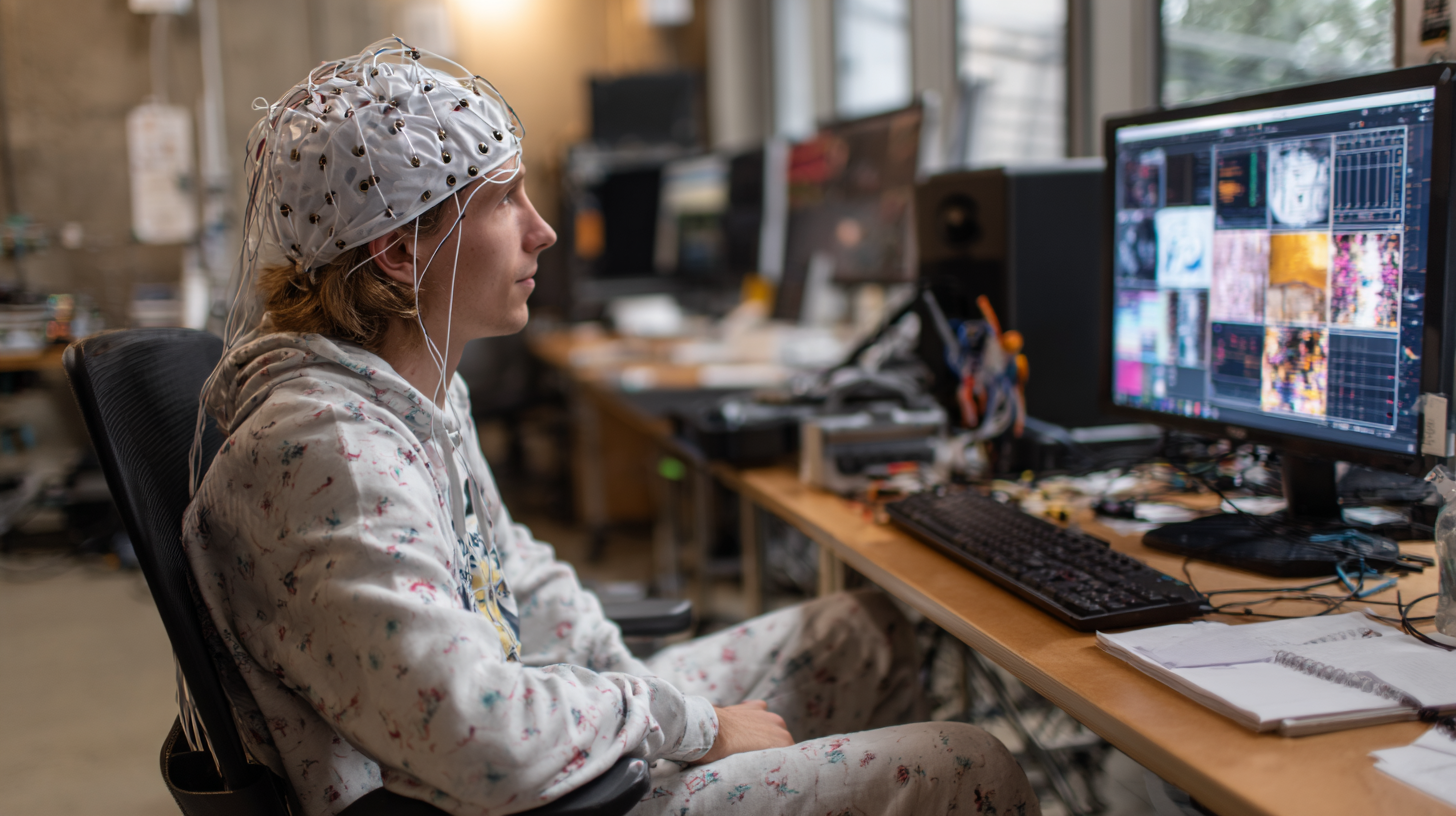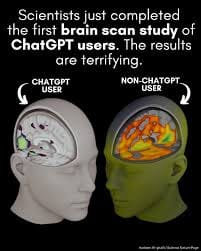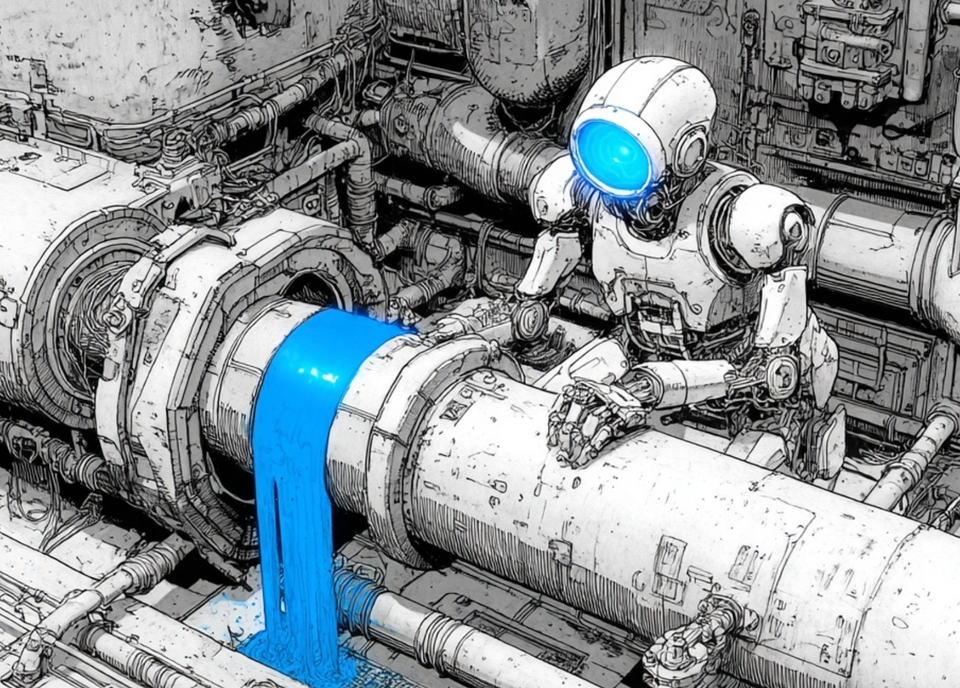Your Brain on ChatGPT: A Layman’s Take on the MIT Study
Curious what happens in your brain when you let ChatGPT, or any AI, do the heavy lifting? The team at MIT’s Media Lab recently tackled this exact question in a study titled Your Brain on ChatGPT.

Curious what happens in your brain when you let ChatGPT, or any AI, do the heavy lifting? The team at MIT’s Media Lab recently tackled this exact question in a study titled Your Brain on ChatGPT. They asked fifty-four (54) participants to write essays across three different conditions: completely solo (“Brain‑only”), with a search engine, or using an LLM like ChatGPT, and measured neural activity using electroencephalogram (EEG) to see how engaged the brain really was . Their findings offer a clear signal about what gets left behind when we shortcut the thinking process.

To understand how different tools shape the way we think, the MIT team divided participants into three groups:
- Brain-only: students wrote their essays completely on their own, no outside help.
- Search Engine: students were allowed to use Google-like search to find supporting material.
- LLM (ChatGPT): students leaned on an AI model to help generate their essays.
Each group repeated the writing task across multiple sessions so the researchers could see whether patterns held up over time. In a final session, some participants switched roles. For example, ChatGPT users had to write without AI, while Brain-only writers were given access to ChatGPT. This “cross-over” gave the researchers another way to test the consistency of their results.
Instead of brain scans, the team used an EEG, a cap with sensors that measures the brain’s electrical activity in real time. This allowed them to track which groups showed strong neural engagement and which showed weaker patterns as they worked.
Key Findings
The results were, in many ways, what you’d expect:
- Brain-only writers showed the strongest brain engagement. Their EEG patterns revealed widespread activity, and they remembered more of what they had written. They also reported the greatest sense of “ownership” over their essays.
- Search Engine writers landed in the middle. Using Google still required them to sift through results, evaluate sources, and integrate ideas into their own words. Their brains were less active than the Brain-only group, but still meaningfully engaged.
- ChatGPT writers moved fastest, but their brains were the least engaged. They often struggled to recall details from their essays just minutes after finishing, and reported a weaker sense of authorship.
The easy hypothesis is that the more you outsource your work, the less your brain is activated. But that’s not the full story. Another trade-off is time: Brain-only writing took the longest, Search was faster, and ChatGPT was fastest of all. The study also suggests that retention correlates with interaction, when your brain has to wrestle with the material, it’s more likely to stick.
Think back to studying for a test as a kid: reading the textbook once rarely helped. It was the repeated effort—reviewing notes, quizzing yourself, writing practice answers, that moved information from short-term to long-term memory. The same principle may explain why the Brain-only group remembered their essays better.
What’s conclusive in the study is that ChatGPT users retained less. What’s not yet understood is why. The researchers didn’t test mechanisms of memory formation, only that reduced engagement and weaker recall occurred together.
This is Not Deskilling
Let’s be clear: the MIT study is not about deskilling, and it’s worth spelling out why.
Deskilling refers to the long-term erosion of ability when a tool or machine gradually takes over a skill you used to use regularly. Deskilling is a side effect of using LLMs and AI in general. Think about riding a bike: most people don’t forget how to ride even after decades. But other skills, like playing an instrument or coding, can fade if you stop practicing. The classic Outlier's idea that 10,000 hours idea suggests mastery comes from repetition. If you stop your fluency slowly slips away.
That’s not what the MIT study shows.
In contrast, tools like ChatGPT can absolutely be used to teach, not just to shortcut thinking. For example, Khan Academy’s Khanmigo is designed as an AI tutor, not a cheat engine. Built on platforms like GPT‑4, Khanmigo doesn’t simply give answers; it guides students step‑by‑step, asking them questions, prompting them to explain their thinking, and nudging them toward solutions . It’s the difference between being handed the answer and being guided to discover it yourself. That subtlety makes all the difference to learning.
Conclusion
The MIT study offers a simple but important reminder: if you want to learn deeply, you have to do the heavy lifting yourself. Tools like search engines and ChatGPT can save time, but the brain remembers best when it is actively engaged with the material.
This finding doesn’t just apply to essay writing. It extends to how people are starting to use AI in other fields, whether in vibe coding, vibe editing, or other creative shortcuts. When someone relies on an AI to generate code or edit video, they may produce something quickly, but they’re not necessarily learning the underlying craft. The risk is that their skill level never grows beyond what the AI can deliver. At best, they may become adept at fixing or tweaking, but without the depth of understanding that comes from doing the work themselves.
This isn’t “deskilling” in the traditional sense, it’s not about losing a skill you once had. It’s about never acquiring the deeper skill in the first place. As AI becomes more common in classrooms and workplaces, the real challenge will be how we balance convenience with competence.




